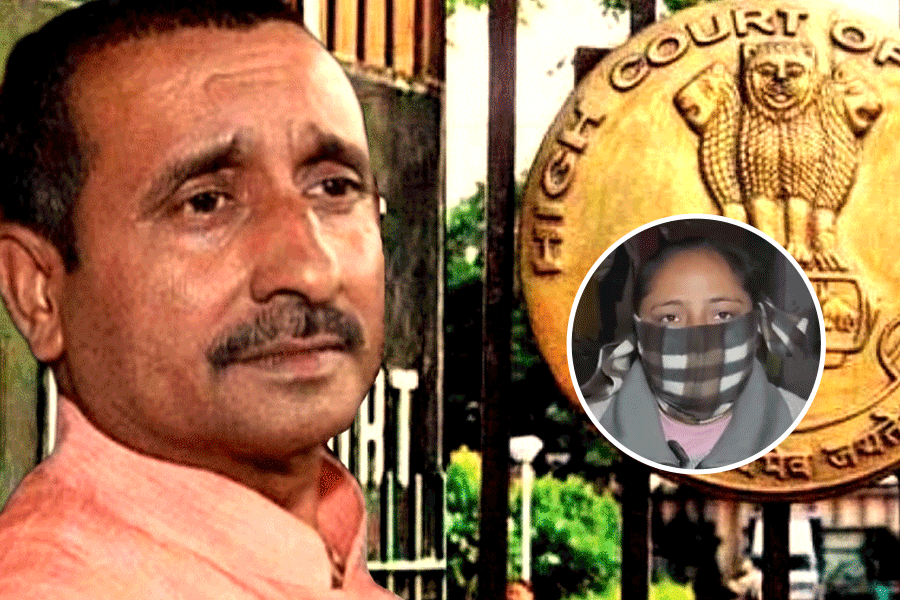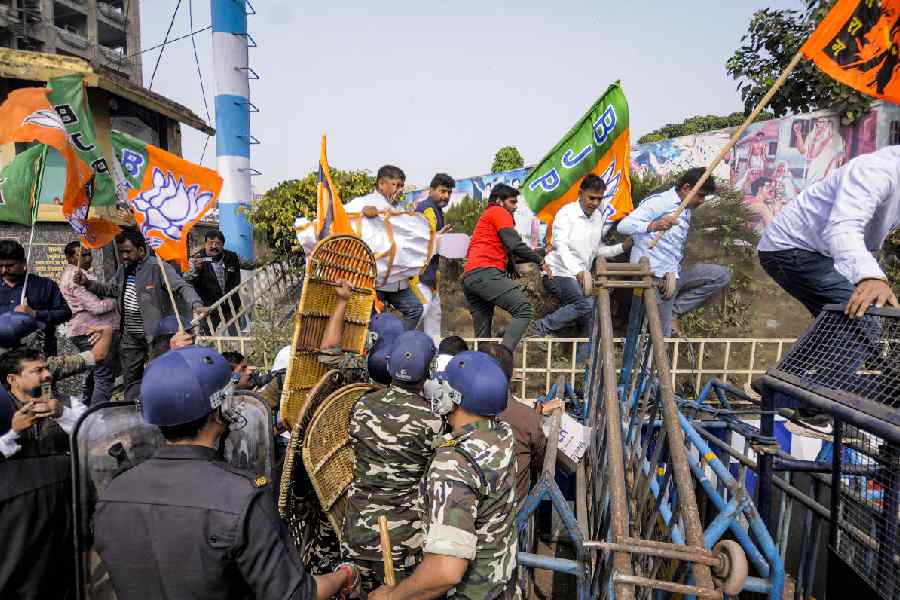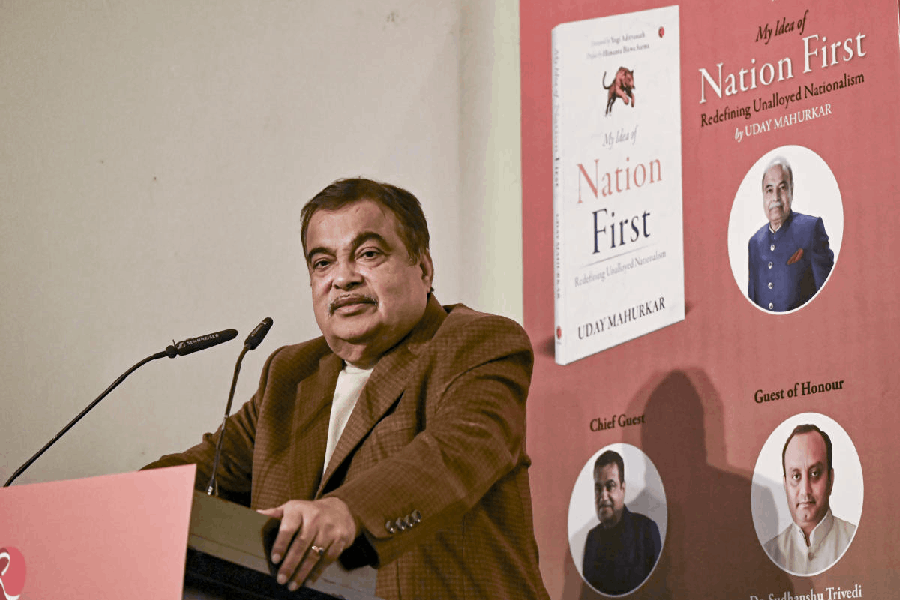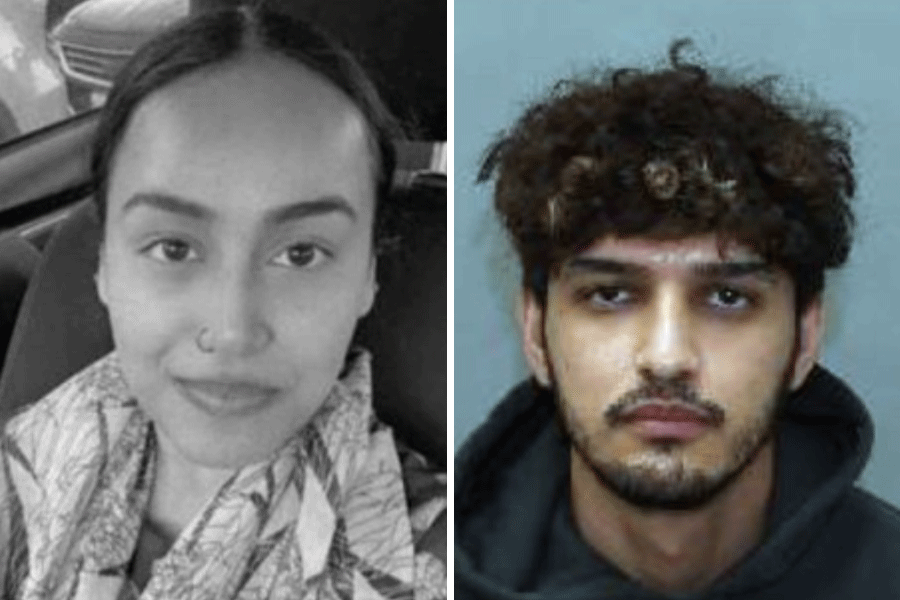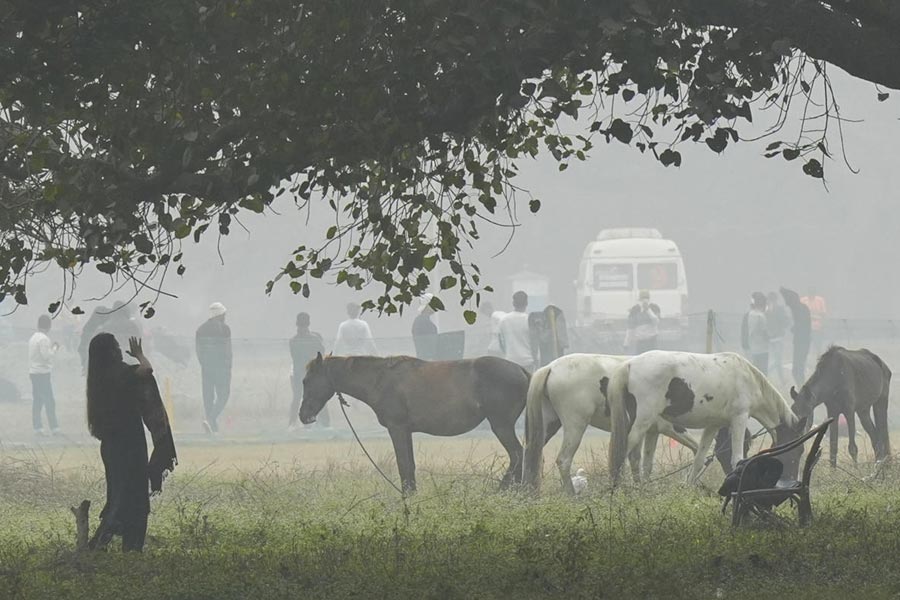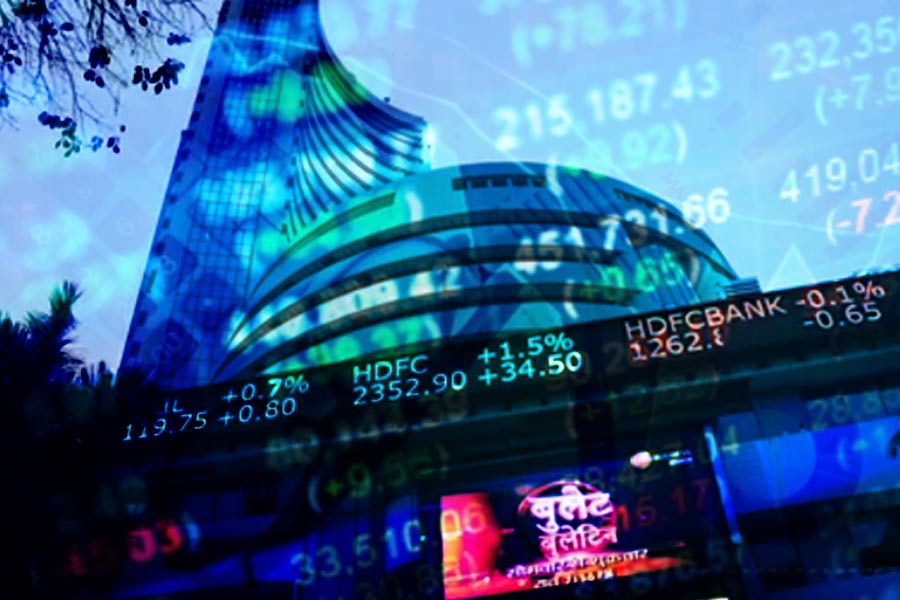.jpg) |
| BACK TO TRADITION: The National Bhand Theatre; |
It was a windy day in the summer of 1994. Ghulam Mohiuddin Aajiz had just stepped out of Radio Kashmir’s office in Srinagar after a performance when he and his troupe were accosted by a group of militants. They called him an “enemy of Kashmir” and warned him never to perform again.
It’s a crisp day in the autumn of 2011. Aajiz — in a bright red pheran — is training his group in Badgam for a festival of Kashmir’s Bhand Pather folk form, a mix of mythology and contemporary social satire. His National Bhand Theatre is booked for the next three months for performances in the Valley and elsewhere.
Kashmir is echoing to the lilting sound of music and dance. Theatre groups are enacting plays, musicians have recitals, dancers have full houses and a visiting choir sings with schoolchildren. After years of silence, Kashmir is undergoing a cultural revival. “Things are looking up,” exults playwright and theatre director Bhawani Bashir Yasir, the founder of the 21-year-old Ensemble Kashmir Theatre Akademi (Ekta).
After three violent summers, this year’s has been relatively peaceful. The lull in violence was greeted with several cultural events. In October, the Delhi-based choral group Capital City Minstrels performed at St Mary’s Church in Gulmarg. Theatre in particular has had a good year. Ekta organised a two-week festival in October. Actor Naseeruddin Shah conducted a theatre workshop in July. The Kashmiri play Wattepaed (footprints) has been selected for the National School of Drama’s (NSD) annual International Theatre Festival 2012.
But a season’s activity — however frenetic — is not enough to counter the cultural embargo that Kashmir faced during its two decades of insurgency. Radical militants treated cultural activity as violations of Islamic teachings. Even for the artistes, the unending violence was hardly the right backdrop for entertainment.
“There was a death in every family,” says Aajiz, 61. “Now there is a ray of hope for our century-old folk culture.”
It wasn’t just the militants who objected. Artistes were often harassed by security forces too, says Yasir. “One winter night in 1989, when we were rehearsing in my house, army officers barged in and stopped us,” recalls Yasir.
The artistes felt the vacuum, for Kashmir has always been culturally vibrant. Performing art, the locals stress, was at its peak during the Fifties. The state’s cultural carnival Jashn-e-Kashmir was started in 1953, while the Jammu and Kashmir Academy of Art, Culture and Languages (JKAACL) was born in 1958.
.jpg) |
| Members of the Dilkash Folk Theatre |
For Kashmiri theatre, the golden period was the Eighties, says Yasir. The year 1989 saw the first state theatre conference in Srinagar. But the festival was discontinued thereafter.
The Bhand Pather met with a similar fate. “It survived many foreign invasions but the last 20 years were the worst,” says Farooq Fayaz, associate professor, history, Kashmir University, and author of Kashmir Folklore.
There were practical problems as well. Srinagar’s main auditorium — the Tagore Hall — was destroyed in a blast in 1990, after which it came under the army. It was returned to the state cultural academy in 1996, but developed cracks following the 2005 earthquake. “It’s being renovated and will be ready within a year,” says Zafar Iqbal Manhas, secretary, JKAACL.
Some artistes, however, complain that the state has done little to bring culture back to Kashmir. Playwright Mohammad Amin Bhat believes no efforts were made to dispel the fear in artistes. After ghazal singer Ghulam Nabi Sheikh was killed in a train in 2003 — allegedly by the Punjab police — the artistes felt they were not safe outside the state either. “The state never did anything to heal our wounds,” complains Bhat, who also accuses the JKAACL of not providing artistes with financial help. But the JKAACL points out that there is little it can do. “We run on a budget of Rs 15 crore and 80 per cent of it is spent on salaries and the remaining on publications,” says Muhammad Ashraf Tak, chief editor, JKAACL.
It has, however, been regularly organising Sufi music nights to keep alive Kashmir’s long association with rishis and Sufi pirs. Two years ago, the state government also held the Jahan-e-Khusrau show dedicated to Sufi music.
The turning point in the state, most agree, was 1996. After state elections — which followed nine years of Governor’s rule — people started picking up the old threads, and the state began to see a cultural resurgence.
From 2001, theatre director M.K. Raina has been conducting workshops with local artistes. In 2002, director Muzaffar Ali’s troupe performed at Nishat, a scenic garden build by the Mughals along the Dal Lake. In 2005, Doordarshan organised a theatre festival. In 2008, theatre and Bollywood actor Mita Vashisht performed Lal Ded, a play based on the life of Kashmir’s iconic woman poet, at the international Sufi festival of performing arts.
Last month, a 10-day workshop was organised by theatre director Balwant Thakur where Bhands were taught how to adapt other traditional performance modes. Twenty new scripts were produced in the workshop. So far, Bhand Pather performances — there are 32 active groups —have been based on eight scripts available from the past.
The unparalleled beauty of Kashmir has always been a source of cultural inspiration. But ironically, the ravages have also been reflected in contemporary cultural expression.
“When blood is spilled all over the streets, one has to write about real issues,” says Amin Bhat, whose plays include Shainakti Card, on the Kashmiri’s identity crisis, and White Paper, on custodial killings.
JKAACL’s Manhas believes art and culture can thrive in the Valley only when there is peace. “If the political situation worsens next year, everything will come to a standstill again,” he says.
“The rich heritage of Kashmir’s art and culture is gone now,” says writer Bashir Dada. All over Kashmir, though, people are hoping to build back the cultural edifice, brick by brick.


